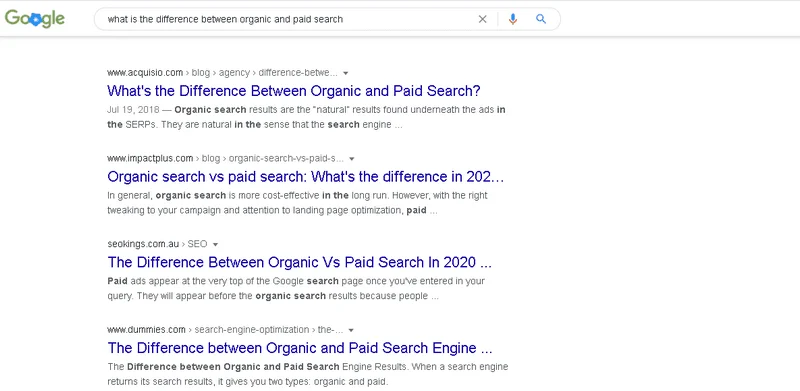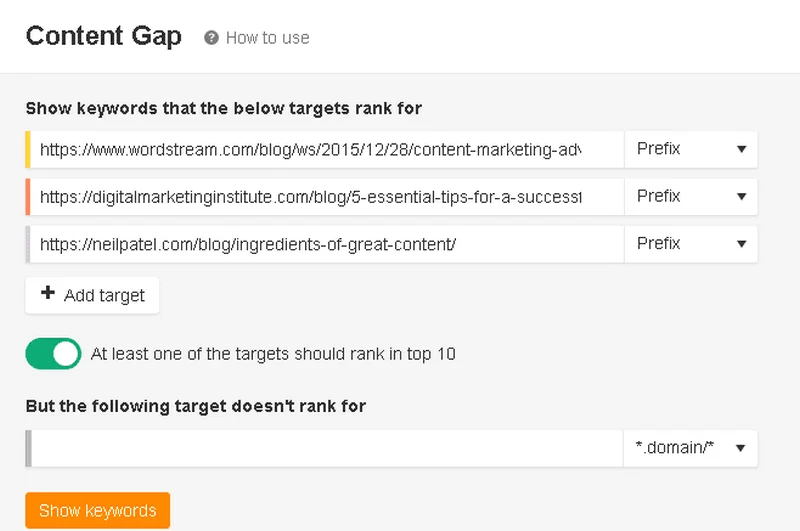Financial and fintech software development is crucial for organizations wanting to remain competitive in an increasingly digital marketplace. Leaders and decision-makers must be able to understand complex regulatory requirements while meeting the growing expectations...

The value of unstructured data for enterprises
Clear, readable, straight-to-the-point structured data is indispensable to businesses across categories. You can use it to perform quantitative analysis in just a few clicks. Analyze tech market trends in an instant. Manage your inventory without a second thought.
However, structured data only represents a small fraction as over 33 zettabytes data that has been created so far. To unlock the full potential of data, you’ll need to give your unstructured data your undivided attention.
Stored in its original format – text, video, audio, image, etc. – unstructured data is challenging to extract, organize, and analyze, but it’s an irreplaceable source of information for any organization.
See what you stand to gain from shifting your focus to raw, unstructured data.
Companies need to understand both sides of data
When it comes to data, it’s not a matter of choosing structured vs. unstructured data. Both are necessary for the success of your company. They’re not two disparate concepts but, rather, different sides of the same coin.
Organized data that seamlessly integrates with your relational databases helps you access and analyze essential information and gather valuable business intelligence. It gives you clear and concise quantitative information that you can understand at a glance.
Without structured data, you wouldn’t be able to perform accurate financial analysis, measure your KPIs, or even use simple services such as online booking.
On the other hand, unstructured data expands your data pool and offers you qualitative information. It’s necessary for predictive analytics, data mining, and even the creation of AI-driven chatbots.
Examples of unstructured data
– Text Files : Emails, survey results, customer reviews, chatbot interactions;
– Image and video files: Video testimonials, product images, employee presentations;
– Audio files: Voice mails, customer service calls, sales calls;
– Social media data: Comments, hashtags, mentions, group posts;
– Webpage data: Blogs, updates, reviews;
– Public data: Press releases, marketing materials, job ads;
– ESG data: Sustainability reports and predictions, case studies, social responsibility policies.
It’s the versatility of unstructured data that makes it so difficult to manage. You’ll need a powerful AI solution to go through the information, extract valuable insights, and receive a relevant and accurate analysis.
Almost 80% of enterprise data is unstructured
It’s estimated that by 2025, over 80% of all available data will be unstructured, making it clear just how essential it is to start gathering and analyzing it as soon as possible.
Unstructured data contains vital information regarding your brand’s performance, your competitors, the market trends, and the overall customer sentiment. Neglecting unstructured data will only deprive you of valuable insights that can help you make better data-driven business decisions.
Better insights
Although it’s unorganized and difficult to access, unstructured data offers much more detailed insights than structured data ever could.
Whereas structured data can tell you that your customers are buying a specific product or spending most of their time on a specific page on your site, for example, unstructured data can tell you why. You’ll gain deeper insights into their purchasing habits, ways of thinking, personal preferences, likes, wants, and needs.
You’ll receive comprehensive answers to any question you have – who are your customers, what goals are your competitors achieving, which businesses are your industry’s leaders, and why?
New innovation opportunities
Better insights can’t but lead to greater innovation opportunities. When you have the full picture of what your clients want, their pain points, what you’re doing well, and what you can improve on, you’ll find it easier to meet and exceed customer expectations.
Moreover, you’ll get the opportunity to identify any potential market gaps and fill them with unique products or services.
Improved customer experience
Your structured data will give you the facts about your demographics – the age of your target audiences, their location, even their income brackets. However, it’s the unstructured data that will tell you how you can improve the customer experience.
By gathering social media data, examining the comments and reviews you receive, looking into your customer support tickets, you’ll learn straight from the source about what your customers expect from you. Then, you can work on exceeding those expectations.
Conclusion
Unstructured data is invaluable to your company’s success, but so is structured data. They’re best when they work in tandem – only then can they give you a broader perspective on where your enterprise is heading.
More must-read stories from Enterprise League:
- Learn about how micromanaging can hurt your productivity.
- Pros and cons of social media for business you should be aware of.
- Are you aware of the negative effects that social media has on the workspace?
- Have a look at the best countries to start a business as a foreigner.
- All the reasons why we should support local businesses and shop local.
Related Articles
Financial and Fintech Software Development Companies to Consider
Internet Service Providers: What You Need to Know
You need a fast connection for streaming shows, working from home and playing video games, so finding the right internet company is essential. The crowded market of providers includes promises of good deals and unrestricted connections. What are the top...
What Are My Options for 24-Hour Fire Watch Services Near Me?
The fire risks associated with running a business change depending on each company's operations. Whether your employees work on construction sites, manage residential units or clock in at a traditional office, fire watch experts can help. Explore your options...
From Bounce to Inbox: 6 Email Verification Tools That Boost Deliverability and Client Results
Few things kill a campaign faster than high bounce rates. Every undelivered email damages your sender reputation and lowers deliverability until your campaign quietly fades away, unread and unseen. Email verification prevents this. It validates every contact on your...
5 Cold Email Tools That Integrate Seamlessly with CRMs and Zapier
While cold email tools increasingly offer all-in-one feature sets, there are still times when you might need to use more than one software tool to get the job done. You might need direct integrations with a CRM to manage incoming customers or you might want to...




























